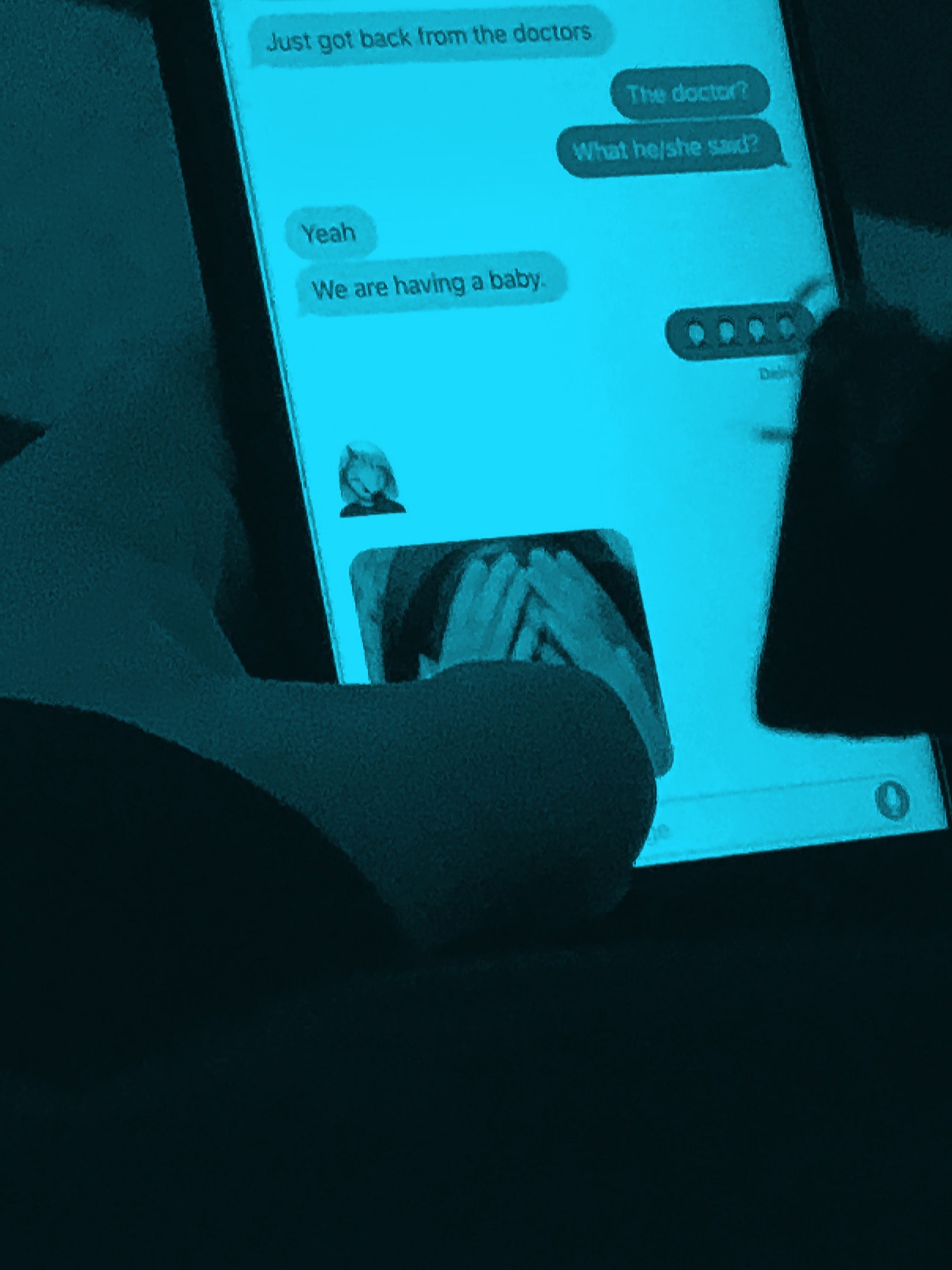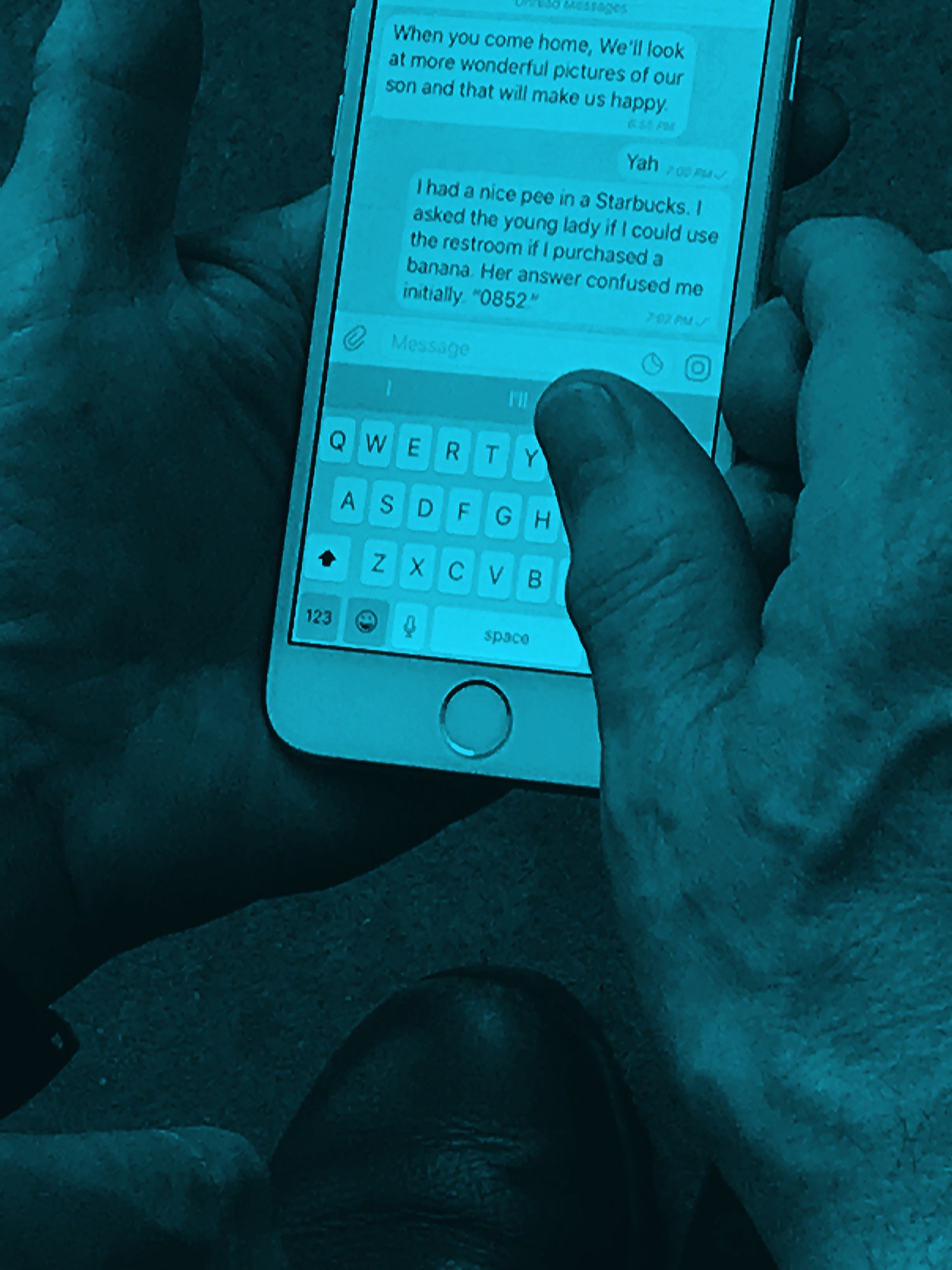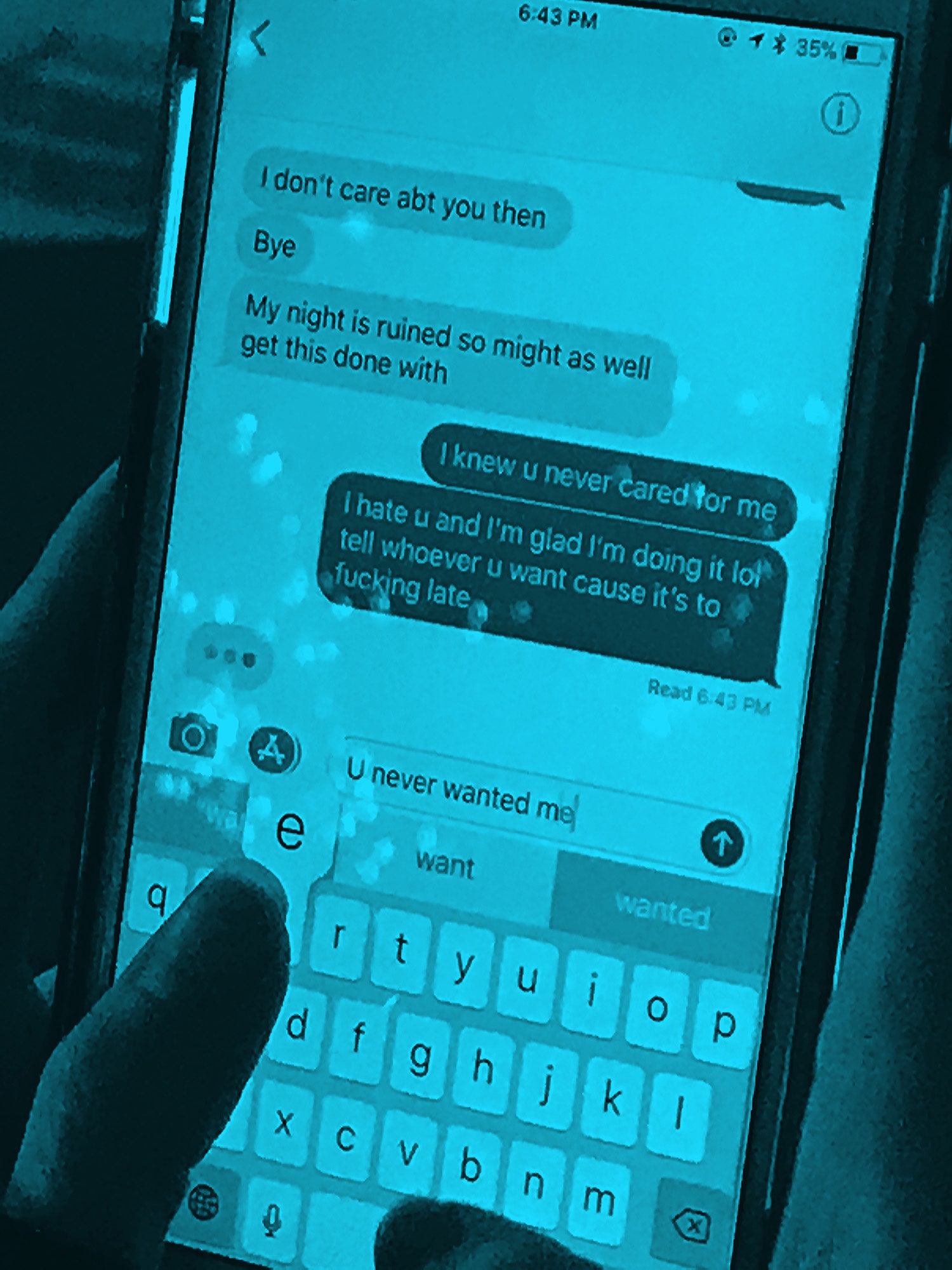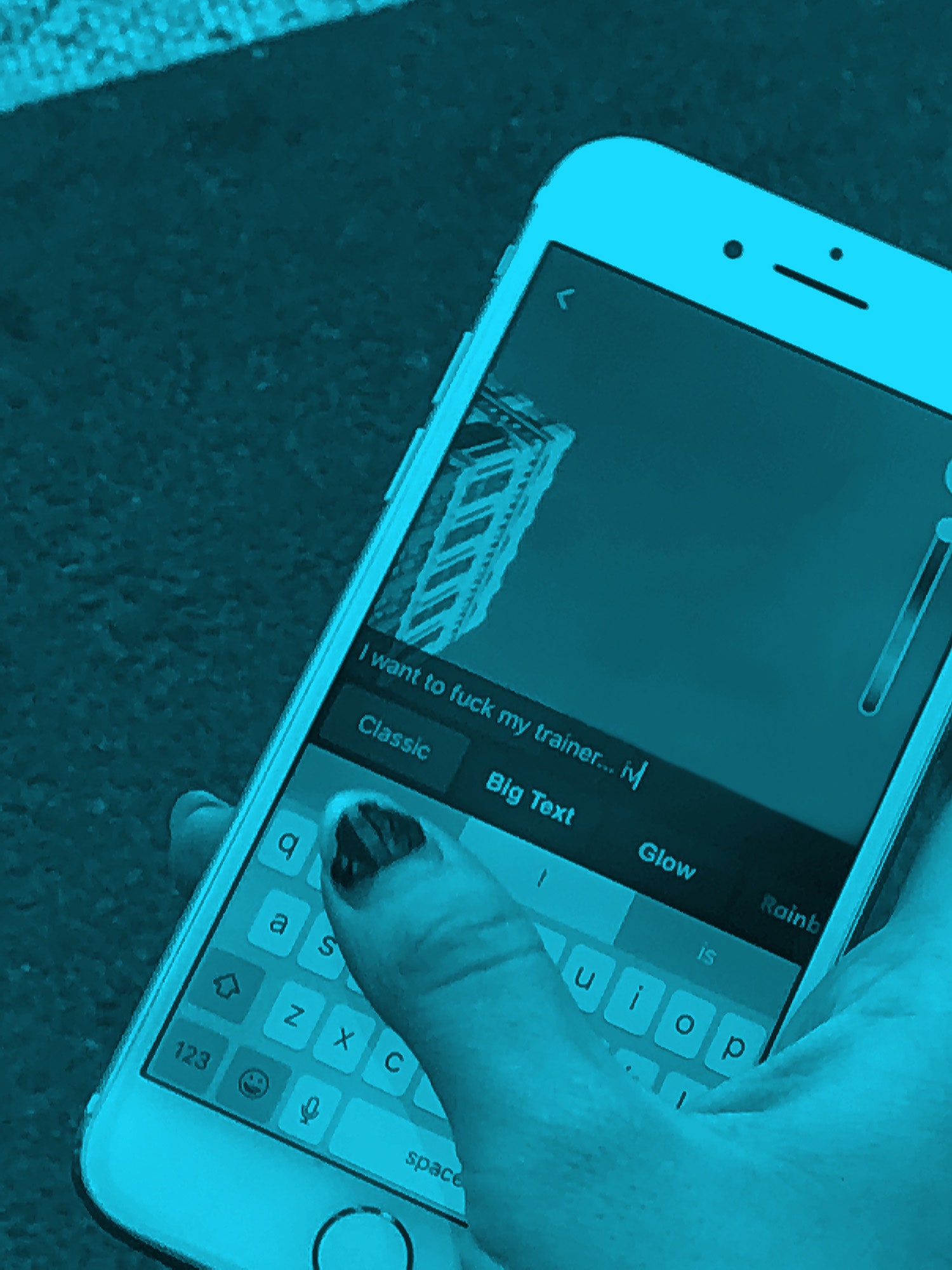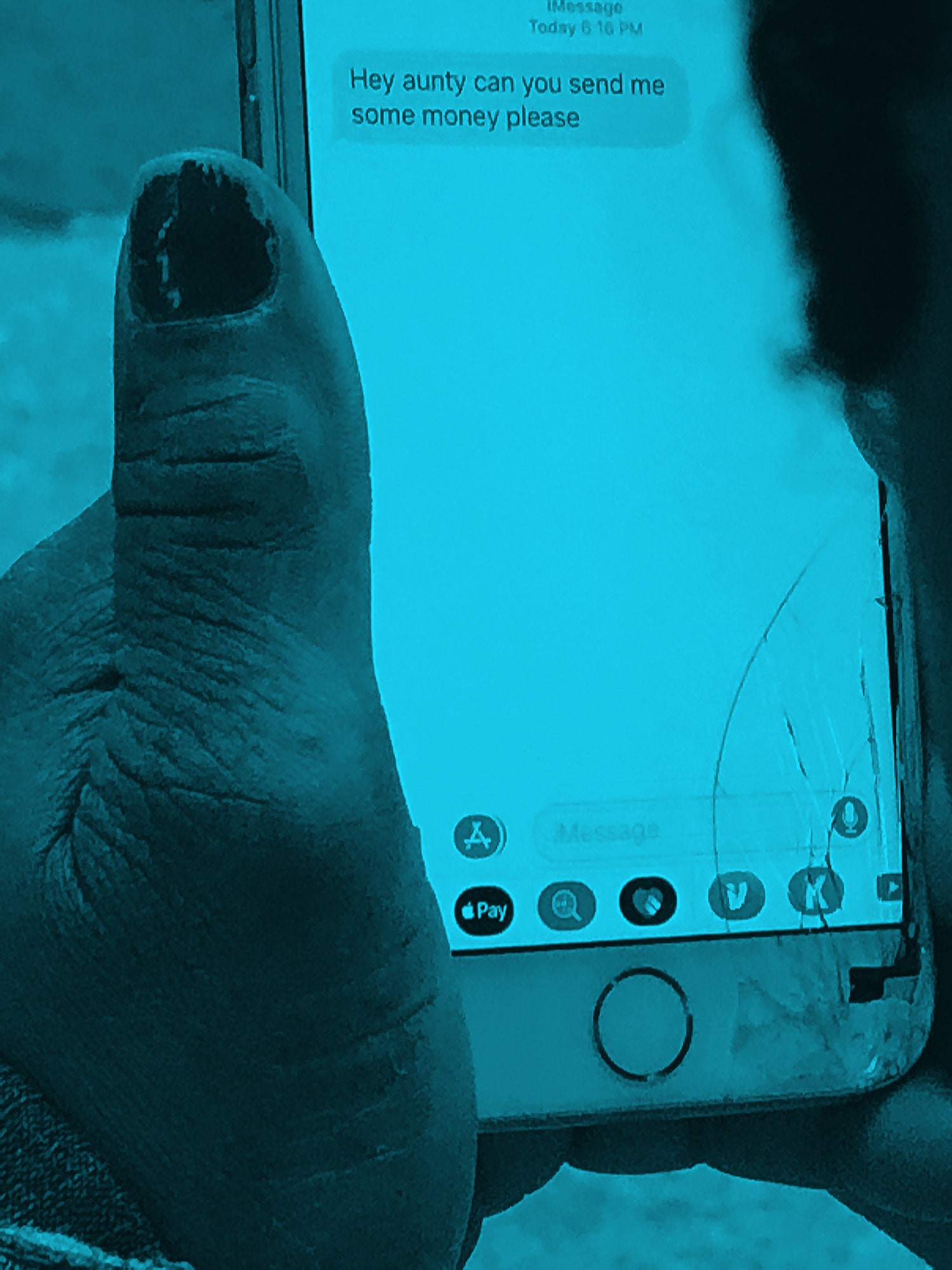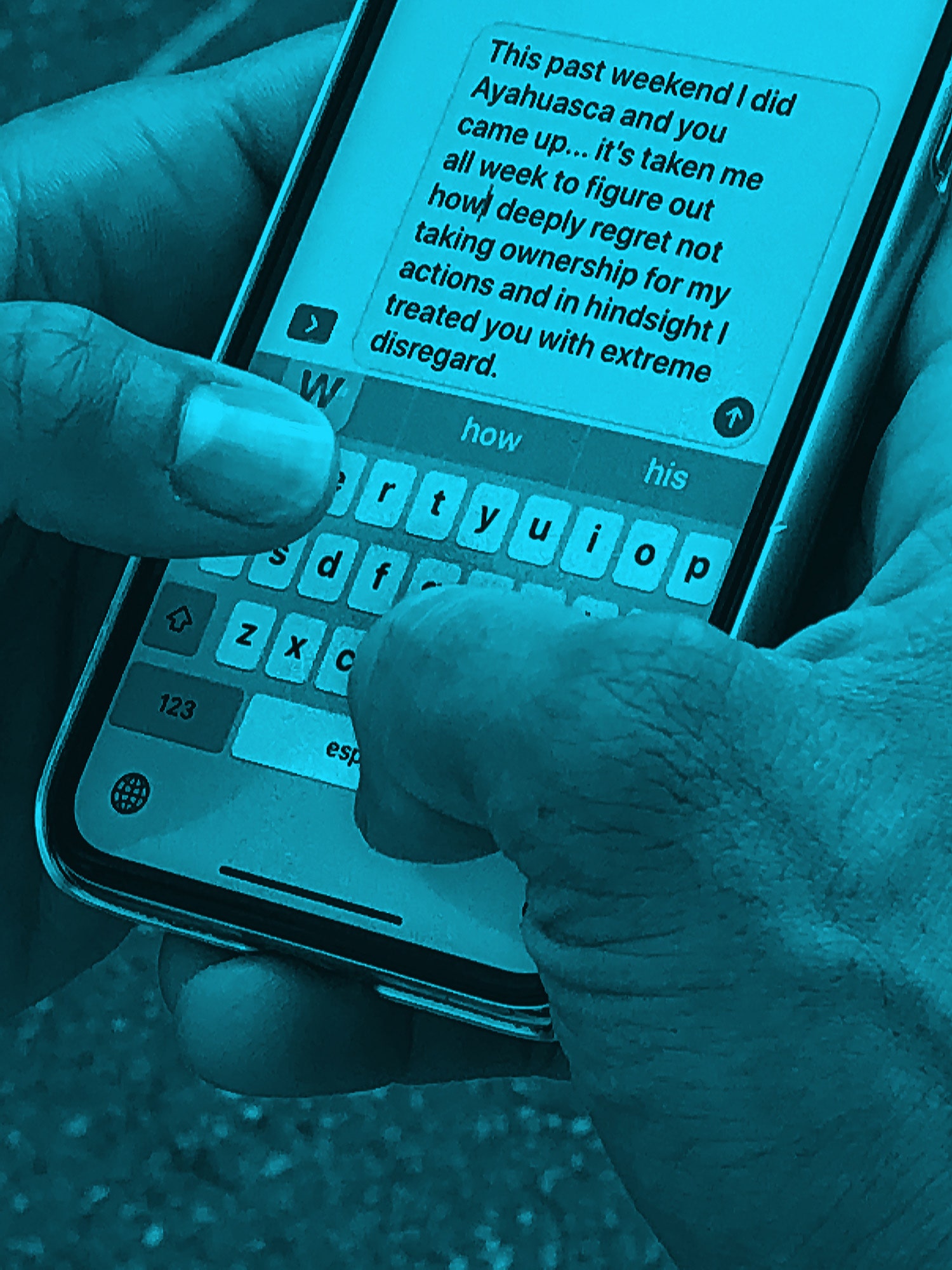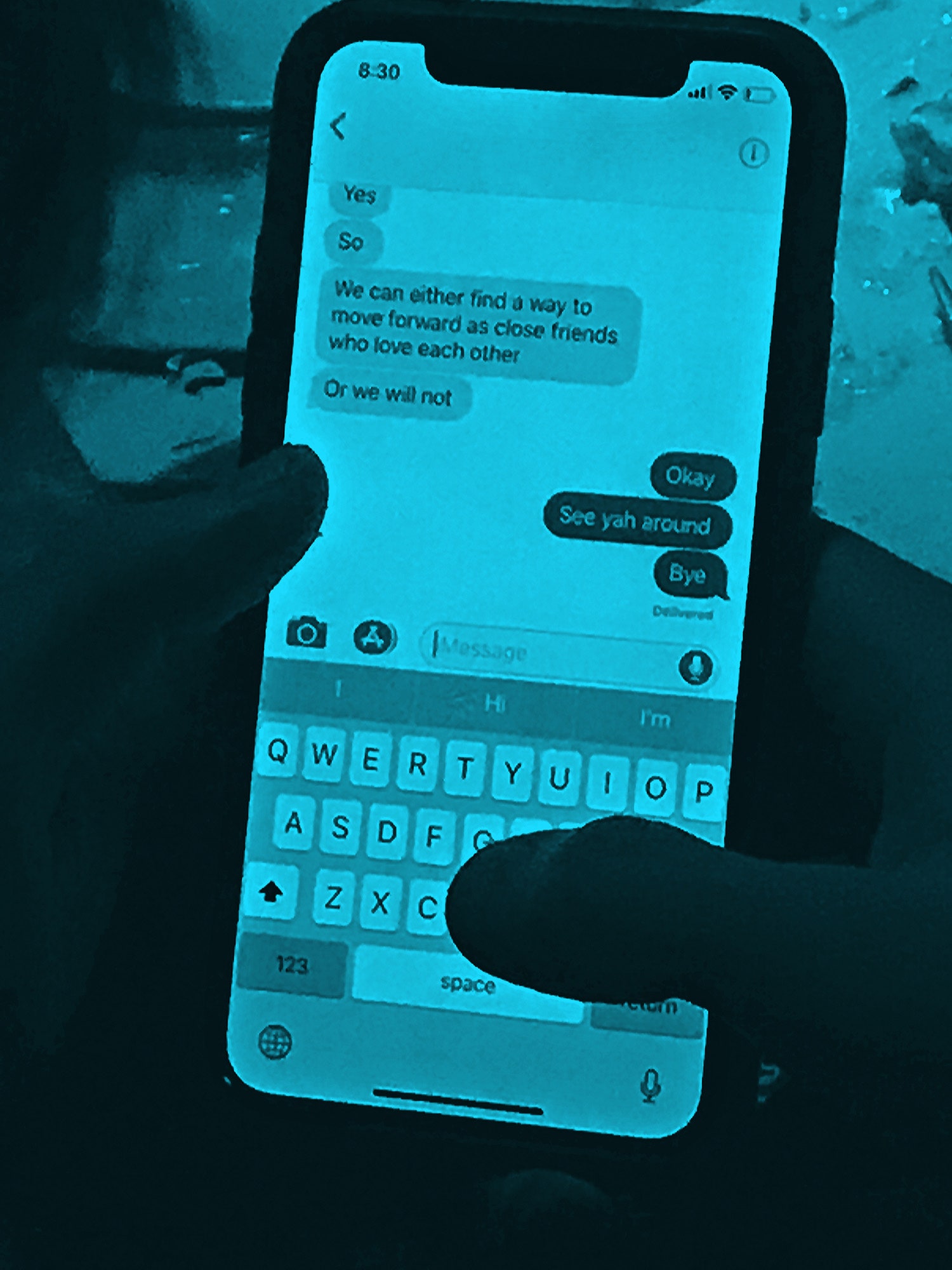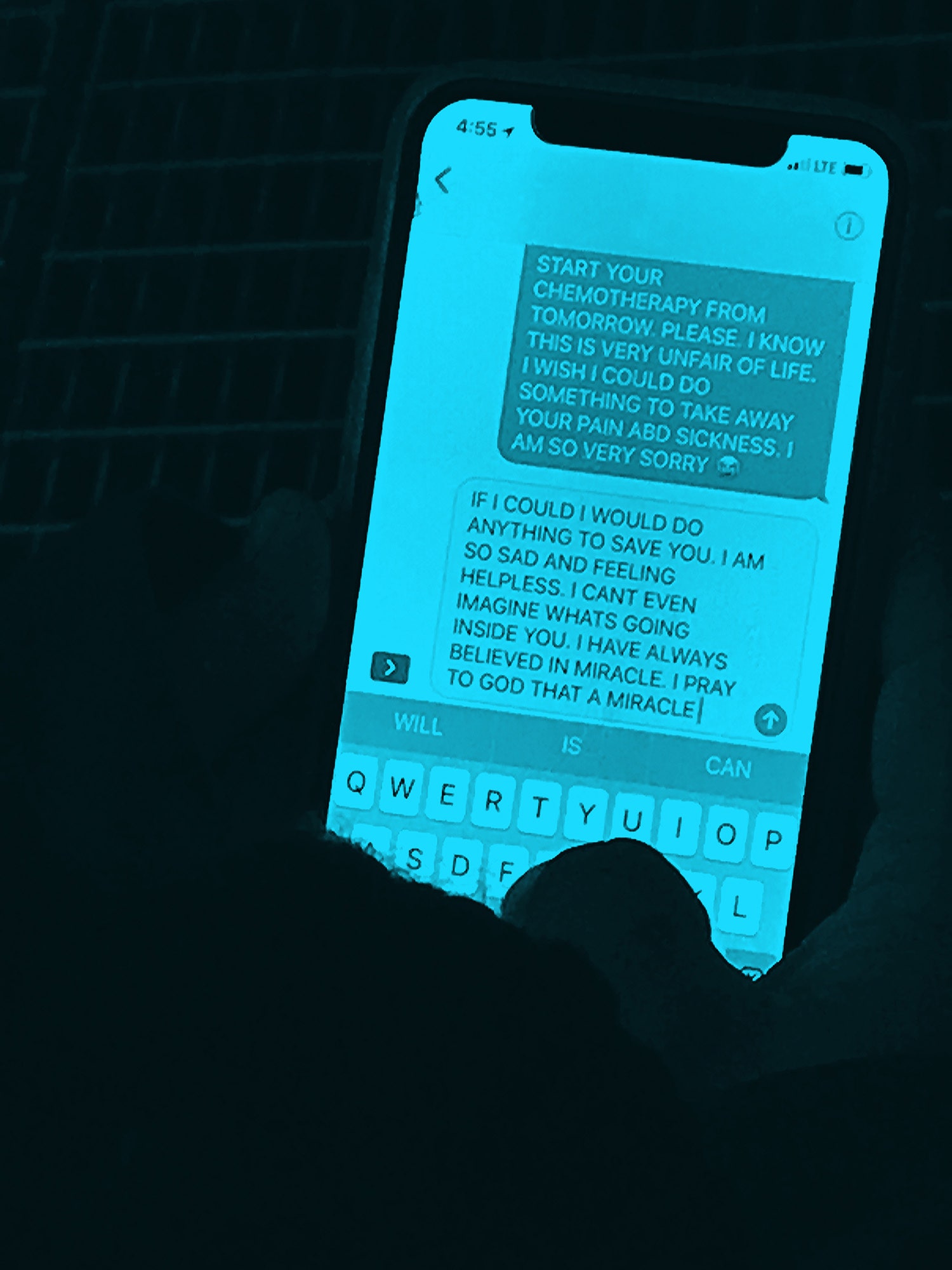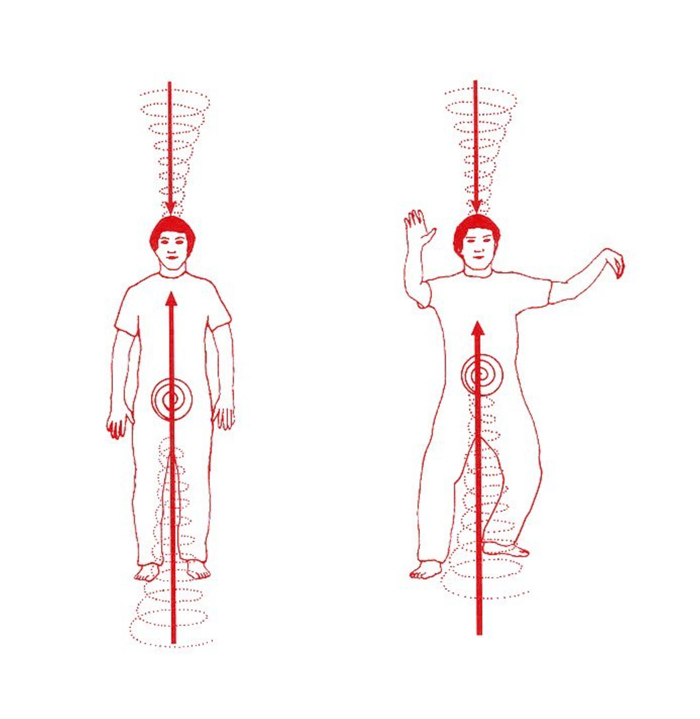 This study shows evidence of a domestic cat (Felis catus) being able to successfully learn to reproduce human-demonstrated actions based on the Do as I Do paradigm.
This study shows evidence of a domestic cat (Felis catus) being able to successfully learn to reproduce human-demonstrated actions based on the Do as I Do paradigm.
European regulators are cracking down on Facebook’s ability to transfer data across the Atlantic. Now the tech giant is threatening to pull its services from more than 400 million European users. Related: The Social Dilemma [a documentary about how technology giants have manipulated human psychology to influence how we behave]
if a brand like National Geographic uploaded its photos to Facebook’s Rights Manager, it could then monitor where they show up, like on other brands’ Instagram pages. From there, the company could choose to let the images stay up, issue a takedown, or use a territorial block […] paparazzi have sued celebrities for uploading their photos to their own accounts
Huang’s Law Is the New Moore’s Law. I call it Huang’s Law, after Nvidia Corp. chief executive and co-founder Jensen Huang. It describes how the silicon chips that power artificial intelligence more than double in performance every two years.
Ring’s latest security camera is a drone that flies around inside your house
How the oil industry made us doubt climate change
The Italian Mafia Is on TikTok And it’s an insight into the changing world of organised crime.
Coronavirus can spread on airline flights, two studies show
Genetic or immune defects may impair ability to fight Covid-19
Hidden immune weakness found in 14% of gravely ill COVID-19 patients - in a significant minority of patients with serious COVID-19, the interferon response has been crippled by genetic flaws or by rogue antibodies that attack interferon itself. [Science]
We report the isolation and characterization of two ultrapotent SARS-CoV-2 human neutralizing antibodies (S2E12 and S2M11) that protect hamsters against SARS-CoV-2 challenge. Cryo-electron microscopy structures show that S2E12 and S2M11 competitively block ACE2 attachment and that S2M11 also locks the spike in a closed conformation by recognition of a quaternary epitope spanning two adjacent receptor-binding domains. Cocktails including S2M11, S2E12 or the previously identified S309 antibody broadly neutralize a panel of circulating SARS-CoV-2 isolates and activate effector functions. Our results pave the way to implement antibody cocktails for prophylaxis or therapy, circumventing or limiting the emergence of viral escape mutants. [Science]
Our pilot study demonstrated that administration of a high dose of Calcifediol or 25-hydroxyvitamin D, a main metabolite of vitamin D endocrine system, significantly reduced the need for ICU treatment of patients requiring hospitalization due to proven COVID-19. Calcifediol seems to be able to reduce severity of the disease. [Analysis of the Findings]
Vietnam has undoubtedly been one of the world’s best stories in regards to managing the COVID-19 pandemic
Resuming sexual activity soon after heart attack linked with improved survival
This week, PJ looks into a theory circling the internet about who might be behind QAnon. The investigation takes him back to the beginning of the QAnon scam, and to the message board trolls who started it.
Later bedtimes predict President Trump’s performance
Centuries before Columbus, Vikings came to the Western hemisphere. How far into the Americas did they travel?
Why We Don’t Like Our Underground House
Bryson DeChambeau might be the most innovative athlete in the world right now He just won his first major championship and is changing how golf is played at the highest levels.
How do you pick the best sake? Drink something with the word “Ginjo” on the bottle and you will always be in the safe zone. If the word ginjo is embedded in there, it is super premium sake, in the top 7% of all produced.
the first detailed account of great white shark sex




